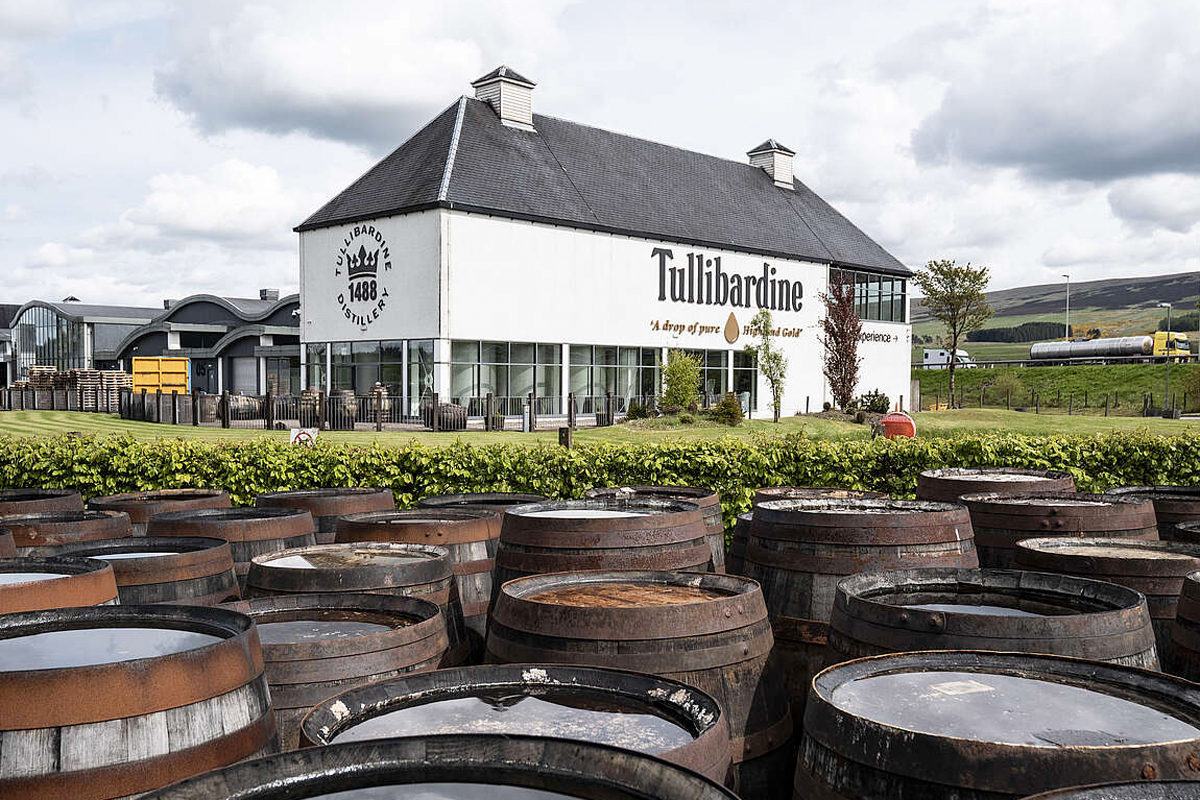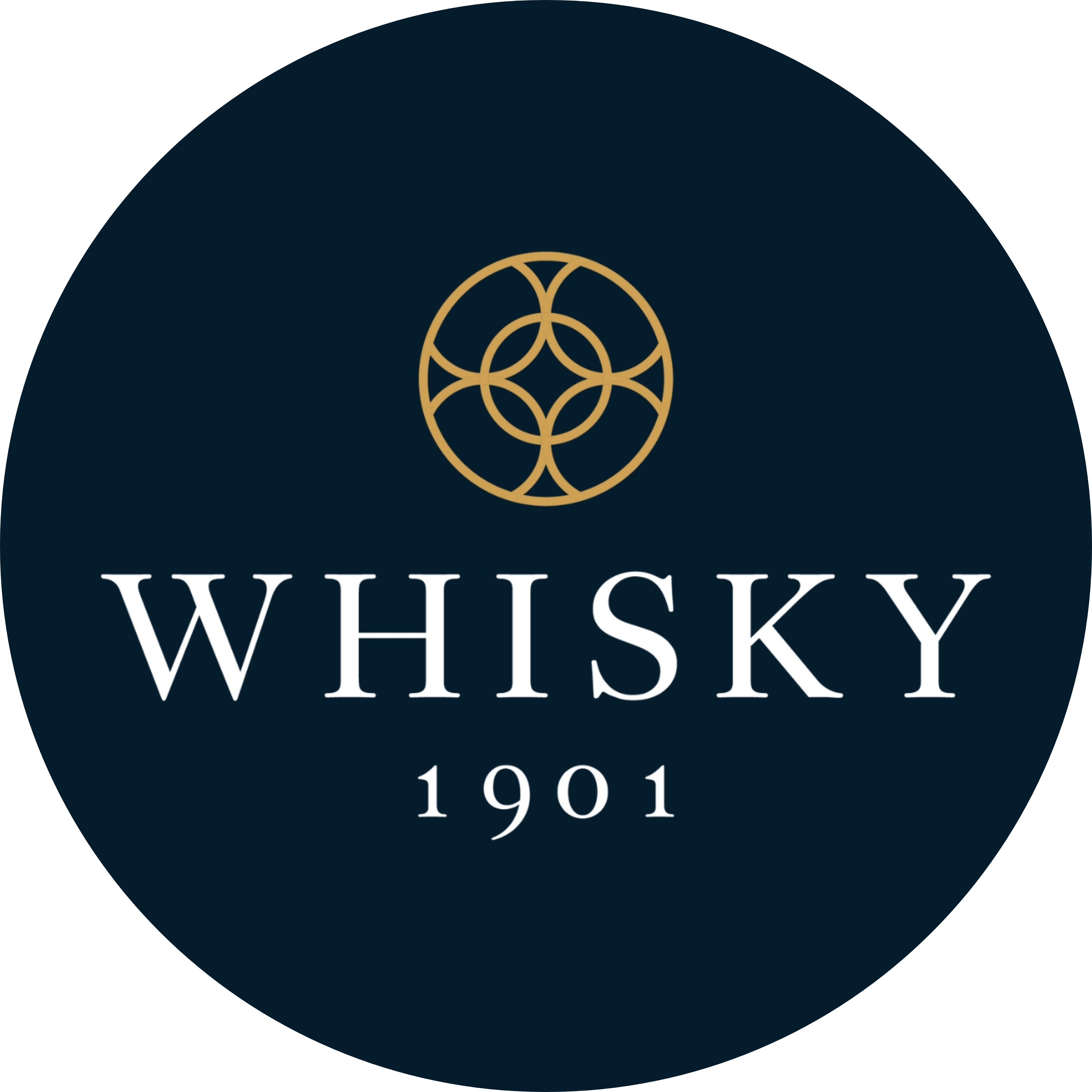A Bit of History
Tullibardine was founded in 1949 by renowned distillery architect William Delmé-Evans. He converted a former brewery, which he had purchased in 1947, to become a single malt distillery. A brewery is said to have operated on the site since 1488, a date that is referred to by the brand. After selling Tullibardine in 1953, Delmé-Evans went on to design and build Glenallachie distillery in Speyside and revive Jura, both in the 1960s.
Brodie Hepburn, who took over from Delmé-Evans, were themselves bought out in 1971 by Invergordon Distillers. This became part of Whyte & Mackay in 1993. However, they abruptly mothballed the distillery in 1994 – mothballing is the process where a distillery ceases production but remains ready to go when needed.
A consortium purchased Tullibardine in 2003 and restarted production. They also released the first single malts from the distillery a couple of years later. All spirit had been previously used for blending. In 2011, the French company Picard Vins & Spiriteaux took control of the distillery. They remain the owners today and operate it under the name of Terroir Distillers.
Background
Tullibardine is known for its light, floral and fruity style of single malt whisky. It has been largely used in several different blends, especially in its early years. Later, it was an ingredient in Whyte & Mackay, specifically after they purchased the distillery. Now production is split between the Tullibardine single malt range and use in the Highland Queen blended Scotch whisky range.
Highland Queen was purchased by the current ownership three years before it purchased Tullibardine. The distillery has an award-winning range of bespoke single malts, which has remained largely unchanged since 2013. They are also known for their use of finishing in often unorthodox cask types such as Sauternes and various red wines.
The Geeky Bit
Tullibardine is equipped with a 6.2-ton stainless steel mash tun and they operate 27 mashes per week. There are 10 stainless steel washbacks and these run a fermentation time of 55-60 hours. They are also completely sealed – this helps the distillery to capture 2,400 tonnes of carbon dioxide each year. There are four copper pot stills – 2x wash stills for the first distillation and 2x spirit stills for the second.
Water for production is taken from the Danny Burn in the nearby Ochil Hills. Gold was once mined in the hills and gives Tullibardine its tagline of ‘a drop of Highland gold’. There is also a small cooperage, blending facility and bottling line on site. The annual production capacity is three million litres.
One To Buy | Tullibardine 75th Anniversary Edition
This special whisky was bottled to celebrate the distillery’s big anniversary last year. It is formed of a pre-mothball era single cask from 1993 and is bottled at 31 years of age. This is bottled at the natural cask strength of 45.2% ABV. There are just 325 bottles.
Initial ageing was in ex-bourbon casks before a lengthy 8-year secondary maturation in a virgin American oak barrel. Expect notes of vanilla and honey permeated with citrus oil and blossom. These are backed up by an evolving wood spice that creates a lovely warmth, depth and complexity, plus a gripping dryness. Classy and delicious.





